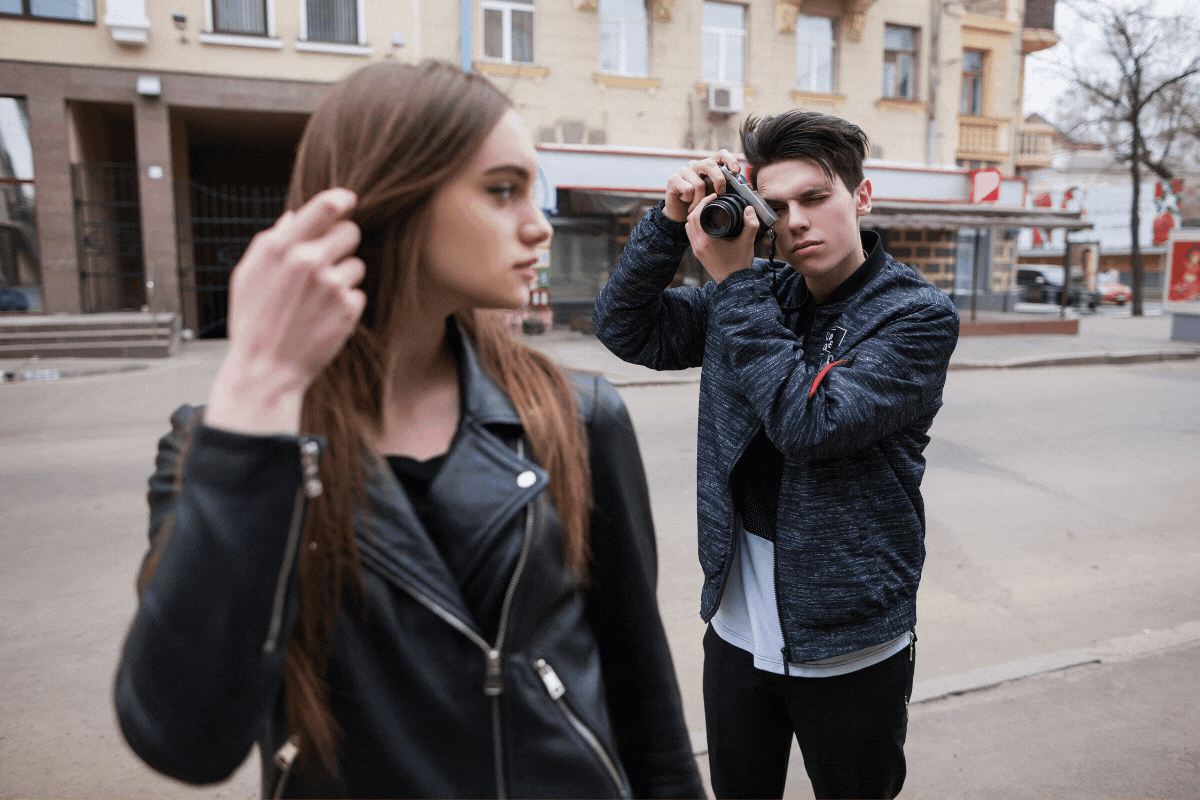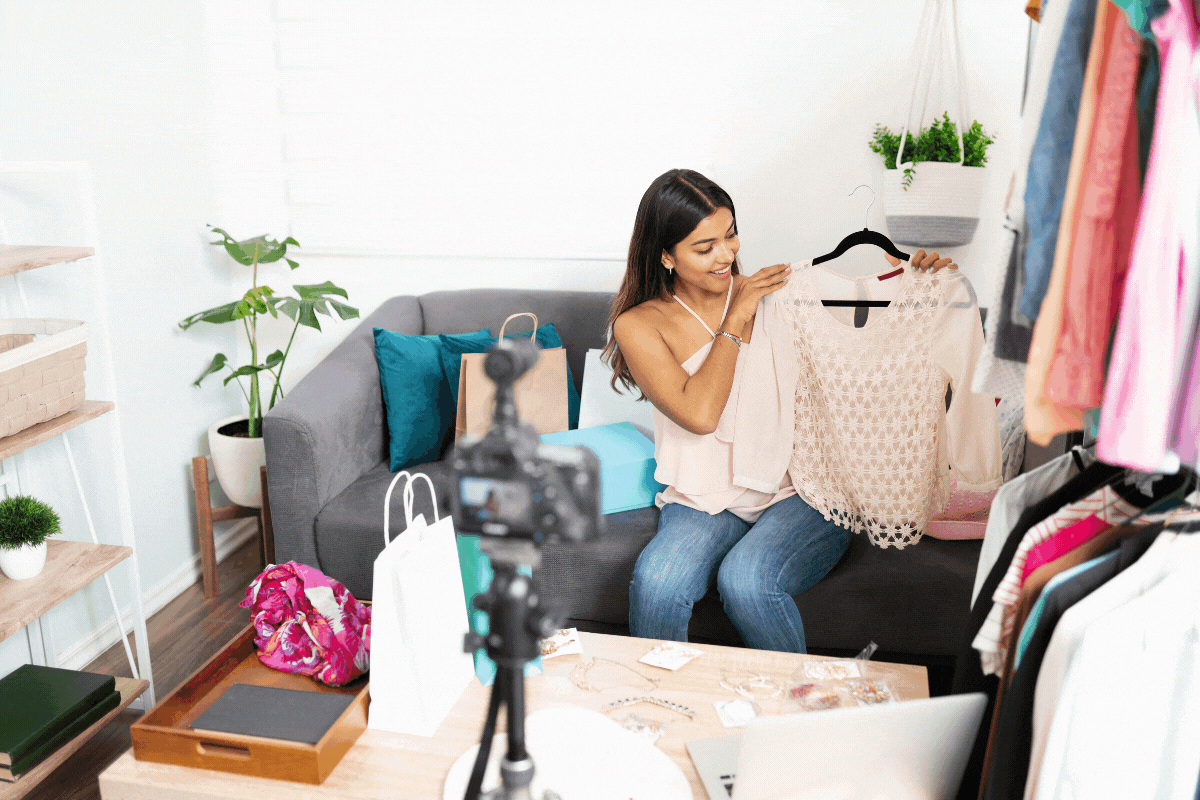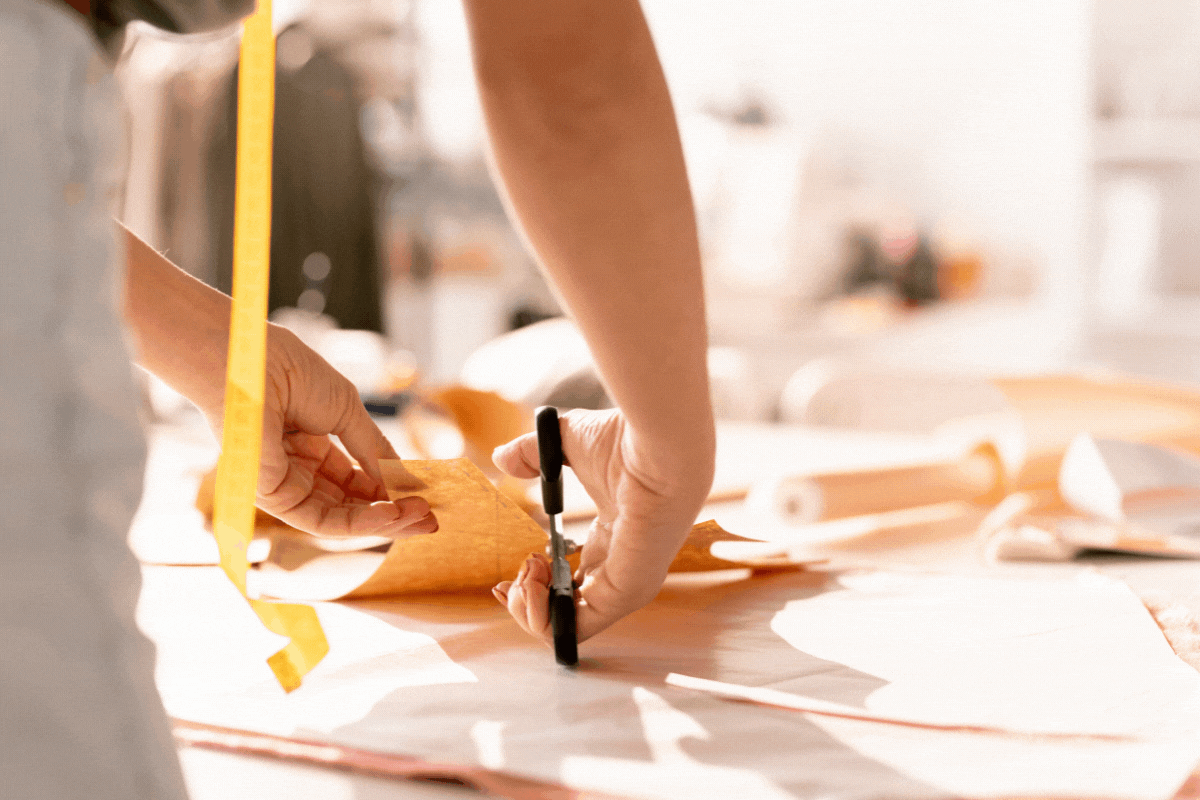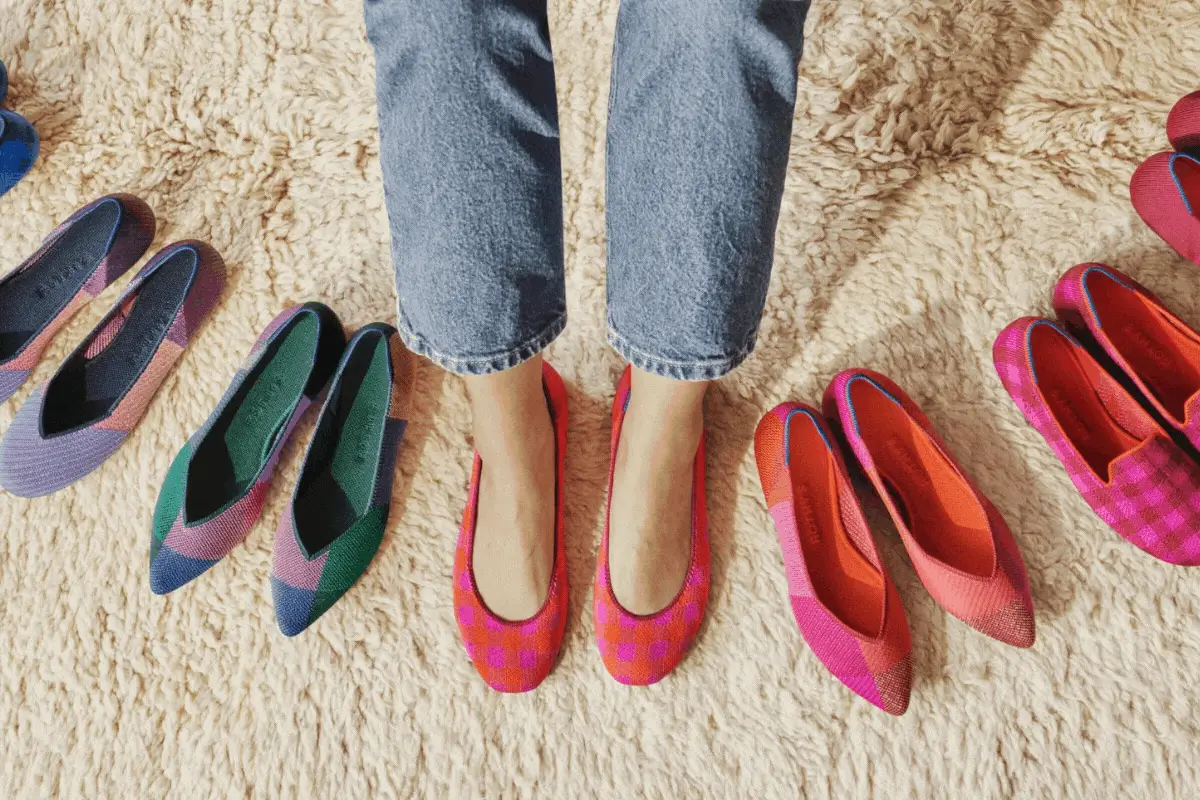Unleashing Creativity: What Does a Creative Director Do?
Have you ever wondered who is behind the stunning fashion collections that grace runways and store shelves? Who is responsible for creating the visual identity of a brand and making sure it stays true to its essence? The answer is simple: a fashion creative director. Creative directors in the fashion industry are the driving force that shapes a brand’s visual identity and creates fashion collections that reflect a brand’s values and ethos.
A Fashion Creative Director’s role is dynamic and diverse. It involves creating innovative fashion concepts, managing creative teams, and ensuring that a brand’s visual identity is consistent across all platforms. But, what exactly does a fashion creative director do, and how do they do it?
Fashion Creative Directors are the Visionaries
A fashion creative director’s primary responsibility is to develop a brand’s creative vision. They are the ones who translate a brand’s message into a visual language that resonates with the audience. Fashion creative directors begin by conducting extensive research, studying the brand’s history, ethos, and target audience. They analyze the competition and the market to understand what is working and what isn’t.
Once the research is complete, fashion creative directors begin the ideation process. They brainstorm ideas and develop concepts that bring the brand’s vision to life. The ideation process involves collaborating with designers, merchandisers, and other creatives to develop a comprehensive and cohesive concept. The fashion creative director is the visionary who provides direction and feedback to ensure that the concept aligns with the brand’s vision and values.
Fashion Creative Directors are the Catalysts
A creative director is also responsible for managing and mentoring a team of creatives. They are the catalysts that drive creativity and innovation. Fashion creative directors provide guidance, support, and feedback to their team, ensuring that they produce work that meets the brand’s standards.
To manage a team effectively, a fashion creative director must have excellent communication and leadership skills. They must be able to articulate their vision and provide feedback in a constructive and clear manner. They must also be able to identify their team’s strengths and weaknesses and provide opportunities for growth and development.
Fashion Creative Directors are the Guardians
Lastly, a fashion creative director is the guardian of a brand’s creative integrity. They ensure that the brand’s visual identity is consistent and cohesive across all touchpoints. They review and approve all creative work, ensuring that it aligns with the brand’s values and standards.
To maintain a brand’s creative integrity, a fashion creative director must have a keen eye for detail and be able to identify any inconsistencies or deviations from the brand’s guidelines. They must also have a deep understanding of the brand’s identity and how it should be represented visually.
One unique example of a fashion creative director’s role in maintaining a brand’s creative integrity is the case of Alexander McQueen’s Fall/Winter 2009 collection. The collection was inspired by the historical account of the Highland Clearances in Scotland, which was a period of mass eviction and displacement of the Scottish population in the 18th and 19th centuries.
The collection’s runway show featured models dressed in tartan prints and traditional Scottish attire, but it also included provocative elements such as antlers, feathers, and a controversial finale dress made entirely of razor clam shells. As the Fashion creative director of Alexander McQueen, Sarah Burton had to ensure that the collection was true to the brand’s rebellious and avant-garde identity while also respecting the sensitivity of the historical context.
Through careful collaboration with a team of artisans and the incorporation of sustainable materials, Burton was able to balance the provocative and historical elements of the collection while staying true to the brand’s values and standards. This example demonstrates the crucial role of a fashion creative director in maintaining a brand’s creative integrity, while also pushing boundaries and creating innovative concepts.
Take the First Step Towards Pursuing Your Dream of Becoming a Fashion Creative Director
Indeed, a fashion creative director plays a crucial role in shaping a brand’s visual identity and creating fashion collections that reflect the brand’s values and ethos. They are the visionaries, catalysts, and guardians of a brand’s creative integrity, driving creativity and innovation, managing creative teams, and ensuring consistency and cohesion across all touchpoints. With their keen eye for detail, excellent communication and leadership skills, and ability to push boundaries while staying true to a brand’s identity, fashion creative directors inspire us to unleash our own creativity and make our visions a reality. And, if you are dreaming of becoming one, we have some great news.
At Yellowbrick, Parsons School of Design faculty members, together with leaders from across the fashion world, including Elaine Welteroth, Rebecca Minkoff, and Lady Gaga’s stylist Brandon Maxwell, will teach you about the key areas and related career opportunities in the ever-evolving fashion industry through our Fashion Industry Essentials Course.
The program includes five online course modules, and related skill-building activities. Each module is 3-5 hours, and is broken into several shorter lessons that students complete at their own pace. Students earn a non-credit certificate of completion from Parsons.
With the guidance of industry experts and the comprehensive curriculum of the Parsons & Teen Vogue fashion industry course, you can take the first step towards pursuing your dream of becoming a fashion creative director. Are you ready to unleash your creativity and explore the exciting opportunities in the fashion industry? Enroll now in the Yellowbrick fashion industry course and start your journey towards a career that will allow you to shape the future of fashion.











